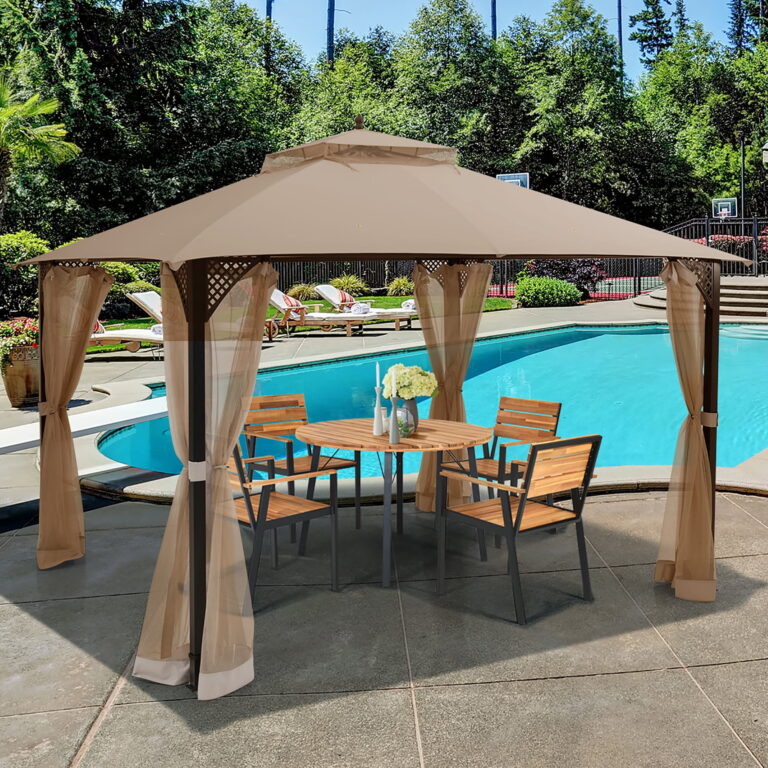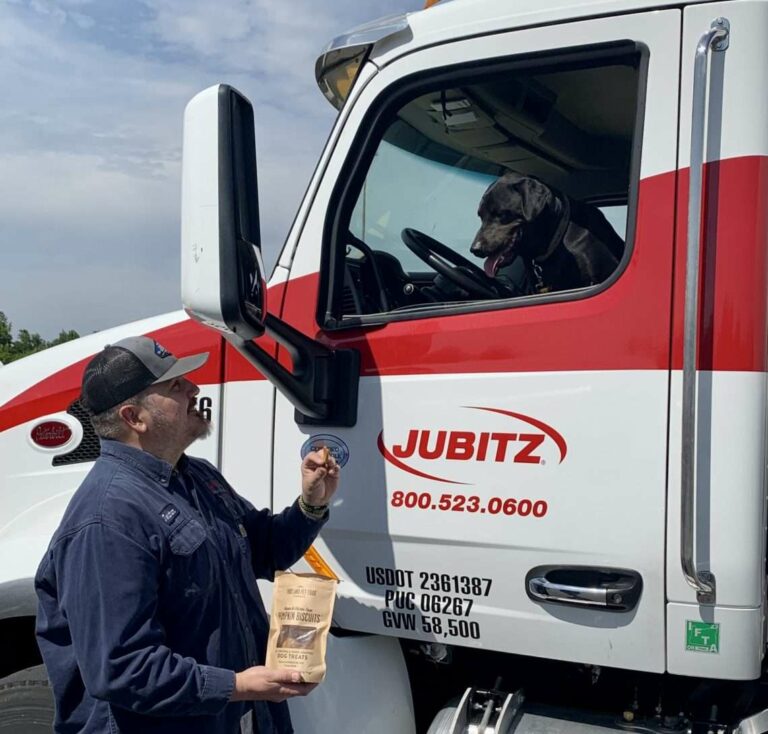What Size Truck Cap Will Fit Your Ford F-Series Truck? A Comprehensive Guide
What Size Truck Cap Will Fit Your Ford F-Series Truck? A Comprehensive Guide cars.truckstrend.com
For many Ford F-Series truck owners, adding a truck cap (also known as a topper or camper shell) is a game-changer. It transforms your open truck bed into a secure, weather-protected, and often more versatile cargo area. Whether you’re looking to protect tools, secure camping gear, or simply keep your groceries dry, a well-fitted truck cap is an invaluable addition. However, the critical question that stumps many is: "What size truck cap will fit my F-Series?"
The answer isn’t as simple as "one size fits all." Ford’s F-Series trucks, encompassing the immensely popular F-150, and the heavy-duty F-250 and F-350, have evolved significantly over the years, featuring various bed lengths, cab styles, and distinct body lines. A cap designed for one F-Series model year or bed configuration will almost certainly not fit another. Choosing the correct size is paramount for a proper seal, aesthetic appeal, security, and to avoid costly mistakes. This comprehensive guide will walk you through everything you need to know to ensure a perfect fit for your F-Series truck.
What Size Truck Cap Will Fit Your Ford F-Series Truck? A Comprehensive Guide
Understanding Your F-Series Truck Bed: The Foundation of Fit
Before you even think about cap styles or features, you must intimately understand the dimensions and design of your specific F-Series truck bed. Ford has historically offered a range of bed lengths and designs, which are the primary determinants of truck cap compatibility.
-
Bed Length: This is the most crucial measurement. Common F-Series bed lengths include:
- 5.5-foot (Short Bed): Predominantly found on SuperCrew (crew cab) F-150s, especially newer generations.
- 6.5-foot (Standard/Longer Bed): Common on SuperCab (extended cab) F-150s and often an option on SuperCrew models. It’s also a standard length for many F-250/F-350 configurations.
- 8-foot (Long Bed): Typically found on Regular Cab and some SuperCab F-150s, and a very common option for F-250/F-350 trucks, particularly for commercial or heavy-duty use.
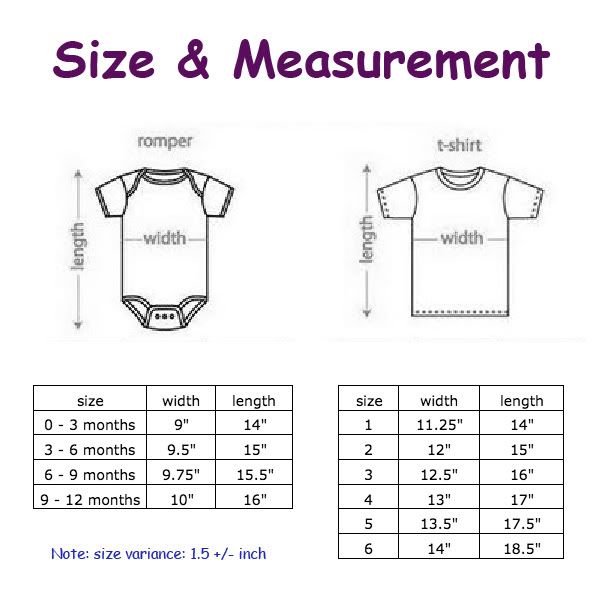
-
Bed Width and Rail Contours: While bed length is primary, the width across the bed rails and the specific contour of those rails are equally important. Ford frequently updates body designs, meaning the shape and width of the bed rails can change even between successive model years. A cap is molded precisely to sit flush on these rails, creating a weatherproof seal.
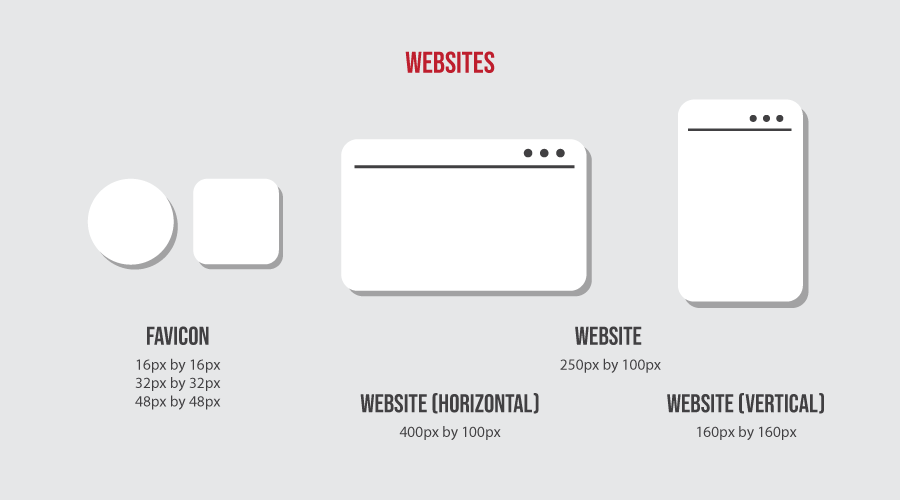
-
Model Year Specificity: This cannot be stressed enough. A truck cap for a 2014 F-150 will not fit a 2015 F-150, due to a complete body redesign. Similarly, a cap for a 2016 F-250 will likely not fit a 2017 F-250. Truck cap manufacturers produce specific molds for each generation and often for specific trim levels to ensure a perfect, watertight fit. Always know your exact truck year, make, model, and bed length.
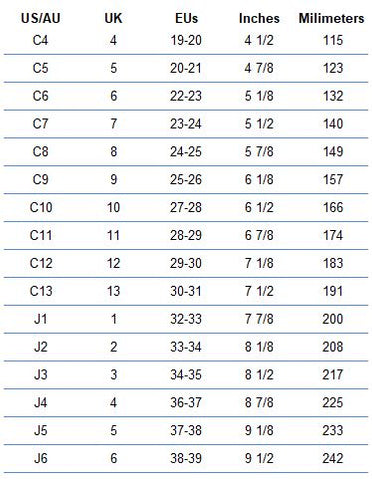
The Critical Measurements for a Perfect Truck Cap Fit
To ensure you purchase the correct truck cap, you need to gather specific information about your F-Series truck.
- Truck Make and Model: Ford F-150, F-250, F-350, etc.
- Exact Model Year: E.g., 2020, 2017, 2010. This is vital due to body style changes.
- Cab Style: While the cap fits the bed, the cab style often dictates the available bed lengths. (Regular Cab, SuperCab, SuperCrew).
- Bed Length: The measured internal length of your truck bed.
- Bed Width: The external width of the bed rails at the widest point. While less critical for ordering (as manufacturers account for this by year/model), it’s good to confirm.
- Any Aftermarket Modifications: Bed liners (especially over-rail types), rail caps, or toolboxes might interfere with a cap’s fit and may need to be removed or trimmed.
How to Accurately Measure Your F-Series Truck Bed
Don’t rely solely on manufacturer specifications or online charts. Physically measuring your truck bed is the most reliable way to ensure accuracy.
- Clear the Bed: Remove any obstructions, including toolboxes, bed mats, or cargo.
- Measure Bed Length (Internal): Using a measuring tape, measure from the inside of the bulkhead (the wall closest to the cab) to the inside of the tailgate when it is closed. Measure along the center of the bed floor. Record this measurement in feet and inches (e.g., 6 feet, 6 inches). This is your functional bed length.
- Measure Bed Width (External Rail-to-Rail): Measure the width across the widest point of your truck’s bed rails, typically near the rear of the bed. This measurement helps confirm the cap’s molded base will sit correctly.
- Double-Check: Always measure twice to ensure accuracy. If possible, have someone help you for more precise measurements.
- Note Any Obstructions: Inspect your bed rails for any aftermarket caps, spray-on liners that might be excessively thick on the rails, or existing accessories that could prevent a flush fit.
Types of Truck Caps and Their Fit Considerations
While fitment is primarily about dimensions, the type of truck cap you choose also has considerations beyond just the measurements.
- Cab-High Caps: These are the most popular, designed to match the height of your F-Series truck’s cab roofline. They offer a sleek, integrated look and provide good aerodynamics. Fitment is precise to the bed length and rail contours.
- Mid-Rise Caps: Slightly taller than cab-high, these caps offer increased cargo volume without significantly altering the truck’s profile. They still require precise bed length and rail contour matching.
- High-Rise/Commercial Caps: Significantly taller, providing maximum cargo space. Often made of aluminum for durability, they are common for work trucks. While still needing to match bed length and width, their utilitarian design often makes them less sensitive to minor rail contour variations than molded fiberglass caps.
- Sport/Sleek Caps: These are cab-high but feature more aggressive styling, often with specific window designs or integrated spoilers. Their fit is just as critical, adhering to the same bed length and rail specifications.
- Material:
- Fiberglass: Most common for recreational use. They are molded to precisely fit specific truck bed dimensions and rail contours, offering a seamless, painted-to-match appearance.
- Aluminum: More utilitarian and durable, often used for commercial applications. While still needing correct dimensions, their construction can sometimes be slightly more forgiving than custom-molded fiberglass for minor rail inconsistencies.
Important Considerations When Buying a Truck Cap for Your F-Series
- New vs. Used:
- New: Guarantees a perfect, factory-matched fit for your exact model year, often comes with a warranty, and allows for custom features (windows, lights, roof racks).
- Used: Can be significantly cheaper, but finding one that perfectly matches your specific F-Series model year and bed dimensions is extremely challenging. Even a slight discrepancy in rail contour can lead to leaks or a poor aesthetic. Only consider used if you can physically test fit it on your truck.
- Brand Compatibility: While all reputable cap manufacturers (ARE, Leer, Snugtop, etc.) design caps for F-Series trucks, their specific molds might have slight variations. Stick to reputable brands known for quality and fit.
- Installation: Professional installation is highly recommended. It ensures the cap is properly sealed, clamped, and wired (for interior lights, third brake light) to prevent leaks and ensure safety. While DIY is possible, improper installation can lead to water intrusion, damage, or even the cap coming loose.
- Features: Consider what you need: sliding windows, screened windows, interior lighting (LED), carpeted interior, roof rack compatibility, power locks, and side access doors. These features impact cost.
- Budget: Truck caps range widely in price based on material, features, and brand. Set a realistic budget before you start shopping.
Challenges and Solutions
- Incorrect Measurement: The biggest challenge.
- Solution: Always double-check your measurements. When in doubt, consult with a professional truck cap dealer; they often have databases with precise dimensions for every F-Series model.
- Aftermarket Bed Liners/Rail Caps: Some over-the-rail bed liners or aftermarket rail caps can interfere with the truck cap’s seal.
- Solution: Be prepared to trim the bed liner or remove aftermarket rail caps. A professional installer can advise on the best approach.
- Older F-Series Models: Finding new caps for very old F-Series trucks can be difficult as manufacturers stop producing molds for discontinued body styles.
- Solution: The used market or custom fabrication might be your only options. Be extremely cautious with used caps, verifying the fit rigorously.
- Water Leaks: Even with a perfect fit, leaks can occur, often from improper sealing or aged weatherstripping.
- Solution: Ensure professional installation with proper sealing materials. Regularly inspect the cap’s weatherstripping and seals, especially after harsh weather or off-roading, and replace them if they show signs of wear.
Estimated Price Guide for F-Series Truck Caps
Please note: These are estimated price ranges for new truck caps, excluding installation, painting (if not included), and specific features. Prices vary significantly based on brand, material, specific features, dealer location, and market conditions. Always get a direct quote for your specific F-Series truck.
| Cap Type/Material | Common F-Series Bed Lengths | Estimated Price Range (USD) | Key Features/Notes |
|---|---|---|---|
| Basic Aluminum Shell | 5.5 ft, 6.5 ft, 8 ft | $1,000 – $2,000 | Utilitarian, durable, unpainted, often with basic windows. Good for work trucks. |
| Cab-High Fiberglass | 5.5 ft, 6.5 ft, 8 ft | $2,000 – $3,500 | Most popular, molded to truck contours, painted to match, typically with front sliding window, rear glass door. |
| Mid-Rise Fiberglass | 5.5 ft, 6.5 ft, 8 ft | $2,500 – $4,000 | Offers more interior volume than cab-high, otherwise similar features and aesthetics. |
| High-Rise Fiberglass | 6.5 ft, 8 ft | $3,000 – $4,500+ | Max cargo volume, often with side access windows or doors. Can look less integrated aesthetically. |
| Premium/Sport Fiberglass | 5.5 ft, 6.5 ft | $3,500 – $5,500+ | Advanced styling, integrated spoilers, frameless windows, interior carpet, LED lighting, remote locks. |
| Commercial Aluminum/Fiberglass | 6.5 ft, 8 ft | $3,500 – $6,000+ | Heavy-duty construction, often with toolboxes, ladder racks, and robust security features. Prices vary greatly. |
- Installation Cost: Typically ranges from $150 – $400, depending on complexity (e.g., wiring for power locks).
- Optional Features: Adding roof racks, headliners, custom windows, interior lights, or remote locking can add hundreds to over a thousand dollars to the base price.
Frequently Asked Questions (FAQ)
Q: Can a truck cap from an F-150 fit an F-250 or F-350?
A: Generally, no. While bed lengths might be similar (e.g., both can have a 6.5 ft bed), the F-250/F-350 are wider and have different bed rail contours. A cap is custom-molded for specific truck models and years.
Q: Will a cap from an older generation F-150 fit a newer one?
A: Highly unlikely. Ford frequently redesigns its F-Series trucks, changing bed dimensions, rail contours, and overall body lines. A cap for a 2014 F-150 will not fit a 2015 F-150 due to the major body style change.
Q: How do I know my exact F-Series bed length?
A: The most reliable way is to physically measure it yourself from the inside of the bulkhead to the inside of the closed tailgate. Don’t rely solely on online specs or what a previous owner told you.
Q: Do all truck cap brands fit the same once I know my bed length and model year?
A: While all reputable brands (e.g., ARE, Leer, Snugtop) design caps for specific F-Series models, there can be very minor differences in how their molds conform to the bed rails. However, any reputable dealer will ensure the cap they sell is the correct fit for your truck.
Q: Can I install a truck cap myself?
A: Yes, it’s possible, especially for simpler aluminum models. However, professional installation is highly recommended for fiberglass caps to ensure a watertight seal, proper wiring for lights, and to maintain any warranty. Improper installation can lead to leaks and damage.
Q: Will a truck cap affect my F-Series’ fuel economy?
A: Studies suggest a truck cap can slightly improve fuel economy by improving aerodynamics, particularly at highway speeds, by reducing drag in the open bed. However, the added weight of the cap itself can slightly counteract this benefit. The impact is generally minor.
Q: What if I have an over-the-rail bed liner?
A: Many over-the-rail bed liners will interfere with the truck cap’s seal and fit. You may need to trim the liner or, in some cases, remove it entirely to ensure a proper, watertight seal. Discuss this with your cap dealer or installer.
Conclusion
Choosing the right size truck cap for your Ford F-Series truck is a detailed but essential process. It boils down to understanding your truck’s specific model year, cab style, and critically, its exact bed length and rail contours. By accurately measuring your truck, researching reputable cap manufacturers, and considering professional installation, you can avoid costly mistakes and ensure your new truck cap provides years of secure, weather-protected storage. A properly fitted cap not only enhances the utility of your F-Series but also maintains its aesthetic appeal and resale value. Take the time to get it right, and your F-Series will thank you with expanded functionality and peace of mind.


